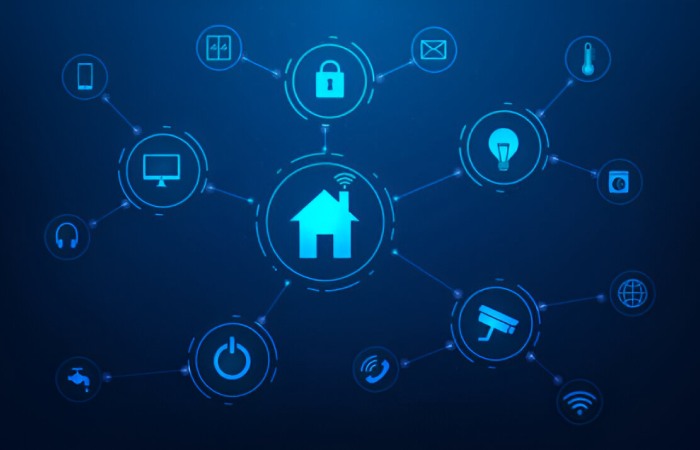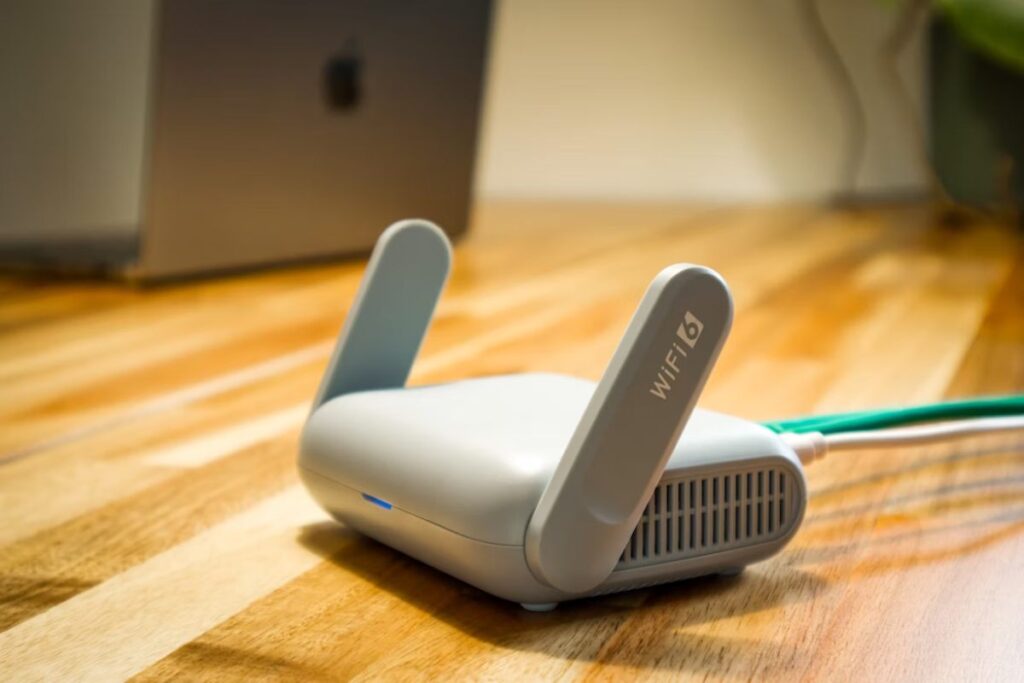Protecting your home Wi-Fi network is critical, as it stores personal and confidential data that unauthorised individuals can access if left unprotected. Cybercriminals can use this information to steal data or launch attacks, compromising the privacy and security of your connected devices and online activities.
With our increasing reliance on technology, homes have numerous smart devices and gadgets that require an internet connection.
Unfortunately, many persons are unaware of the security risks these devices can pose if the Wi-Fi network is not adequately secured. Just as we would never leave our front door unlocked, an open Wi-Fi network creates the same level of vulnerability.
Securing your home network is critical to combating cybercriminals and protecting your data.
How to Secure Your Home Wi-Fi Network

To protect your home from hackers, you can take the following steps:
1. Change the default username and password
One of the most effective ways to protect your home Wi-Fi network is to change the evasion username and password to a more secure one. Internet service providers (ISPs) assign predefined login credentials that hackers can easily find online. Once they gain access, attackers can change the password, lock you out, and take control of your network.
Changing your username and password makes it difficult for cybercriminals to identify and access your network. Since hackers often use automated tools to try thousands of combinations, creating a strong password that cartels letters, numbers, and special characters is essential to make it harder to crack.
2. Turn on Wireless Network Encryption
Encryption is one of the maximum secure ways to protect your network data. It converts your information or messages into a coded format that hackers can’t decipher.
The most secure encryption normal for home Wi-Fi networks is WPA2. However, devices older than 10 years may not support WPA2, so it’s essential to update your hardware to improve security and performance.
To determine if your router uses WPA2, open your network settings and review your wireless network properties. This will allow you to choose the most secure encryption option when connecting to a Wi-Fi network.
3. Use a VPN (Virtual Private Network)
A VPN lets you to browse the internet securely and communicate even on unsecured networks by encrypting all your online activity. This encryption prevents hackers from tracking your online activity or determining your location.
A VPN also masks your IP address, making it appear like you’re connecting from a location other than your home. VPN services work on desktops, laptops, smartphones, and tablets, offering complete protection on all devices.
4. Hide Your Network from View
When setting up your home Wi-Fi, you must create a network name and an SSID (Service Set Identifier) visible to others. Many devices come with a default SSID assigned by the manufacturer.
If your neighbour has the same device brand, both networks may have the identical SSID, which could pose a security risk if not encrypted.
The Hide SSID feature hides your network name from nearby devices. Changing the default SSID also makes it solider for hackers to determine the type of router you have, reducing the risk of targeted attacks.
5. Turn Off Your Wi-Fi When You’re Away
It may seem simple, but one of the most effective ways to protect your home network is to turn it off when you’re not home. Wi-Fi doesn’t have to be on 24/7, and turning it off when you’re not there reduces the risk of hackers trying to access your network while you’re away.
6. Keep Your Router’s Software Updated
Regular updates are essential to upholding the security of your home network. Like any other software, your router’s firmware can contain vulnerabilities that hackers will gladly exploit. Since most routers don’t update automatically, you must physically check for updates and install them to ensure continued protection.
7. Enable Your Firewall
Many Wi-Fi routers incorporate a network firewall that protects broadband connections and blocks malicious attacks. These firewalls can usually be disabled, so ensuring yours is enabled is essential. Keeping your firewall enabled always adds extra protection to your home network security.
8. Position Your Router at the Centre of Your Home
Many homeowners are unaware that the location of their router can affect security. If it’s near a door or window, your Wi-Fi signal is more likely to be interrupted by intruders. To increase the security of your home network, place your router as close to the centre of the house as possible. This will reduce the likelihood of cybercriminals accessing your guest network.
9. Activate MAC Address Filtering
Most broadband routers have a unique identifier called a MAC (Media Access Control) address. This feature enhances security by controlling which devices connect to your home network. You can enter the MAC addresses of all the devices in your home into your router’s settings, ensuring that only those devices can connect to the network. This additional measure helps protect your network from unauthorised users and hackers.
10. Turn Off Remote Administration
Remote administration is another potential entry point for hackers, allowing someone nearby to view or modify your Wi-Fi network settings. Turning off this feature is safer if you don’t need remote access to your router. To do this, go to the administration section of your router’s settings and select the appropriate option.
Conclusion
Securing your home Wi-Fi network is no longer optional: it’s essential to protecting your personal data, devices, and online activity.
By combining innovative practices such as shutting down your network when not in use, updating your router, enabling firewalls, and using advanced settings like MAC address filtering, you create a multi-layered defence that makes it extremely difficult for attackers to access your network.
Small changes, such as relocating your router or turning off unnecessary features, can significantly affect your overall security. With constant vigilance and proper configuration, you can enjoy fast, consistent, and secure internet access at home.

